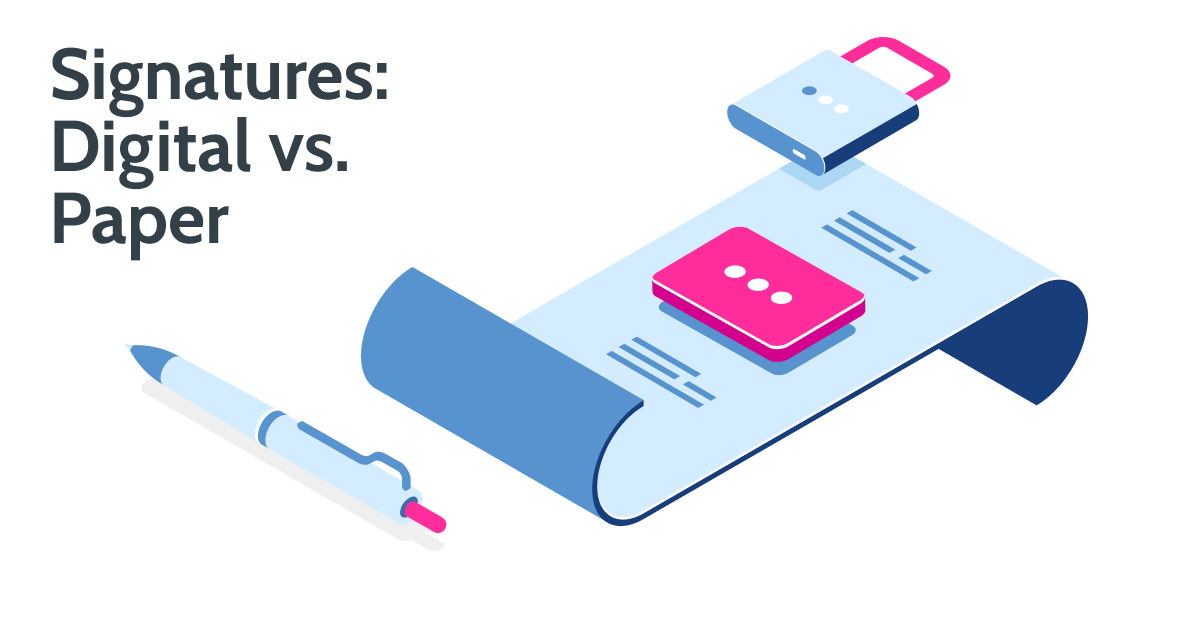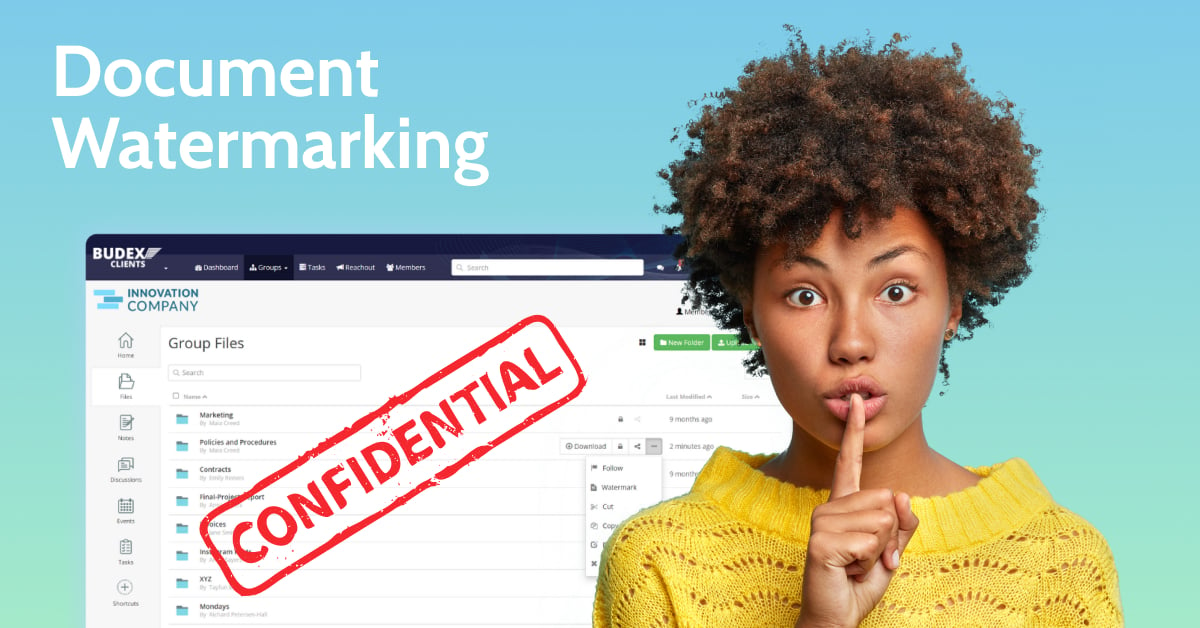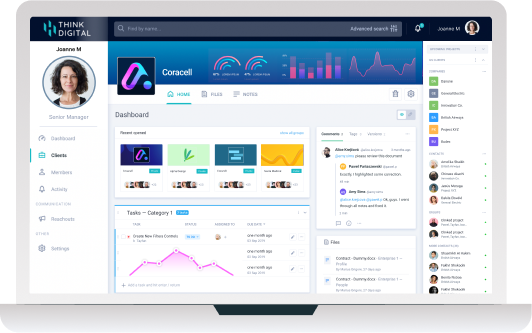Digital vs paper signatures is a debate many businesses are having, as signatures remain such a large part of working life and a necessity in many businesses. Like many things, signatures have evolved throughout history - adapting to modern technology and going paperless. At Clinked, we offer digital signatures within our platform, but understand why many businesses are still attached to the traditional way. Here’s our list of the benefits of both methods if you are weighing up choosing a digital vs paper signature, including more explanations of what digital signatures can do if you are unfamiliar with them.
What counts as a digital signature?
Electronic or digital signatures are becoming a standard procedure in the modern world and new developments from companies like Adobe Sign are making digital signatures more accessible. In the debate around choosing a digital signature vs handwritten signature, a digital signature can stand out for ease and speed of use. Having an effective and reliable way to sign a document digitally can make a huge difference to your business, saving individuals and the whole company a huge amount of time on what can be a very long process. However it can sometimes be confusing as to what does and does not constitute a legally binding signature - here are the steps you need to take into consideration:
- Scanning a handwritten copy of your signature and inserting it into the document
This is technically considered a legal form of signature, but it’s the least secure and wouldn’t be recommended for any business transactions due to the risks of identity theft. - Using services such as DocuSign and Adobe Sign
This will allow you to easily sign documents using your fingertips, a stylus or a mouse from any mobile device or desktop, and offers a much higher level of security. To make sure that your eSignature fully complies with the ESign Act, the owner of the contract must have a way to identify the signer electronically and a way to ensure the document hasn’t changed since signing and a method of validating the signature. - Identify the signer
Identifying the signer is usually done through digital certificates, which you can get online from ‘certificate authorities’. The certificate will have a private and a public key. The private must not be shared with anyone as it is used to apply the signature to the document. The public key can be viewed by anyone – this is what is used to confirm the identity of the signer. - Validate the signature
Multiple checks must be made to make sure that the signature belongs to the person. This includes the signer's name, the date it was signed, and their IP address. - Ensuring the document hasn’t changed
When a signature is checked and verified, the document is also compared to see if the content matches when the signing took place, and if the slightest change has been made, the signature would become invalid.
What is a paper signature?
When comparing choosing a digital vs paper signature, you may still be attached to the idea of a traditional handwritten signature. A hard or paper signature is a physical mark created by a person on a hard copy of paper. Often this consists of signing a name, but it can be as simple as marking a specific section of a page with initials or an ‘X’.
Signatures are legally binding and are regarded as an approval of consent, often used when finalising a deal or important decision. Hard signatures are still popular when signing many legal or financial documents. For companies working together in an office, it is not an issue getting a piece of paper signed, as all that is required is to walk from one side of the office to another.
However, for many international businesses who have both colleagues and clients abroad, getting a hard signature is almost impossible. Hence why the instant sharing of electronic documents is essential, with e-signatures being a more instantaneous and cost effective solution. The signature also needs to be replicated on each page or contract individually, it cannot be photo-copied or copied across several documents.
While this method of hard copy signatures is the traditional way to give consent on documents, it is very time consuming due to all of the steps required:
- The sender must produce a hard copy of the document and send it to the individual required to sign it.
- They must then wait until they have received the document and then once it has arrived, sign it.
- If it is not required to be signed by additional people, then the recipient can finally post the document back.
Choosing a digital signature vs handwritten signature
Relying mostly on a paper signature is inefficient as it can take a period of time to organise, which decreases the amount of time that could be spent productively. This could also be delayed even further by individuals being out of office or by posting complications. This is why digital signatures have evolved. Using digital signatures with a service like Adobe Sign has a lot of benefits; it's quick, easy and can be used from anywhere, is more secure and it can integrate with products like Clinked.
At Clinked, we decided to bring in Adobe Sign and DocuSign integration for our clients. For those weighing up whether to choose digital signature vs handwritten signature, this integration not only gives you the simpler online option, you also have the benefit of signing documents from within your customer portal. This is a much more efficient process, as it allows for your clients to access and sign all documents in a secure, branded environment.
If you think that using a client portal may suit your business, why not check out our Clinked white-label customer platform? It can benefit your business by providing a secure platform to share documents with your clients and allow them to sign electronically, removing the debate around choosing a digital vs paper signature. But we also offer many more useful functionalities, like task management and employee chat facilities. Learn more by booking a demo with one of our product specialists.









Let Us Know What You Thought about this Post.
Put your Comment Below.